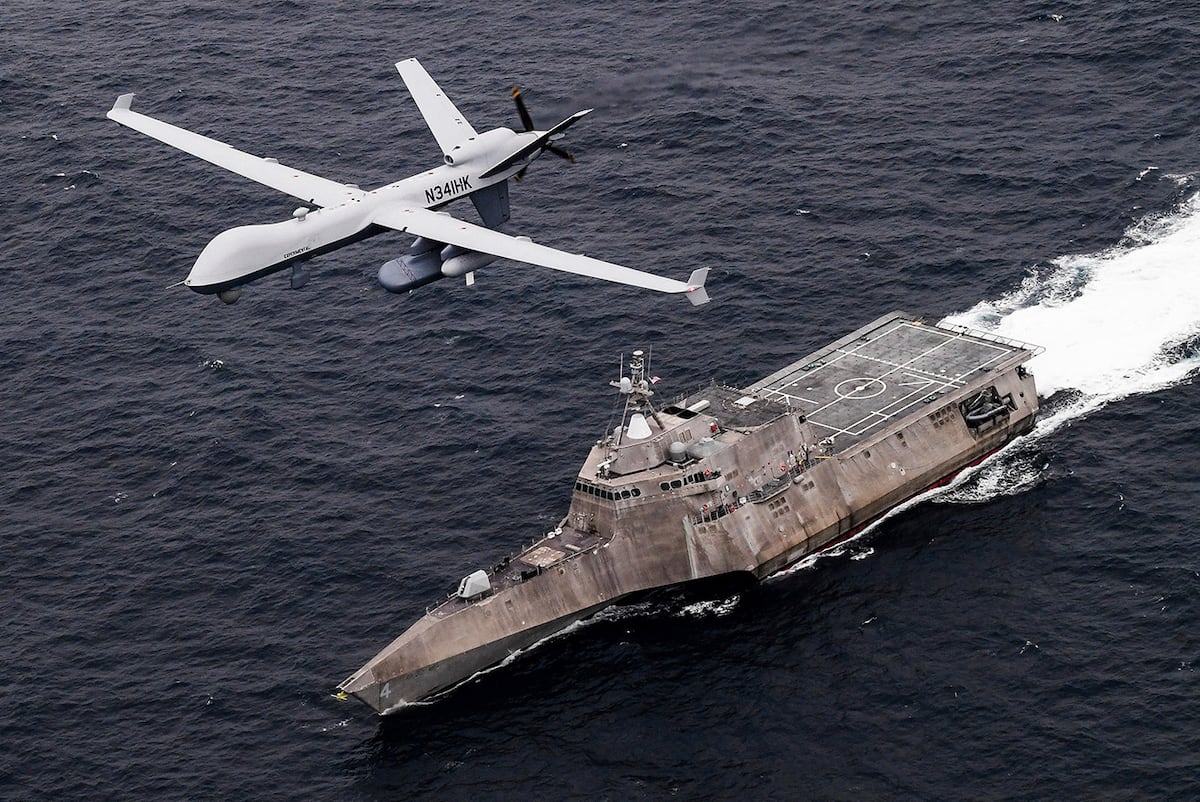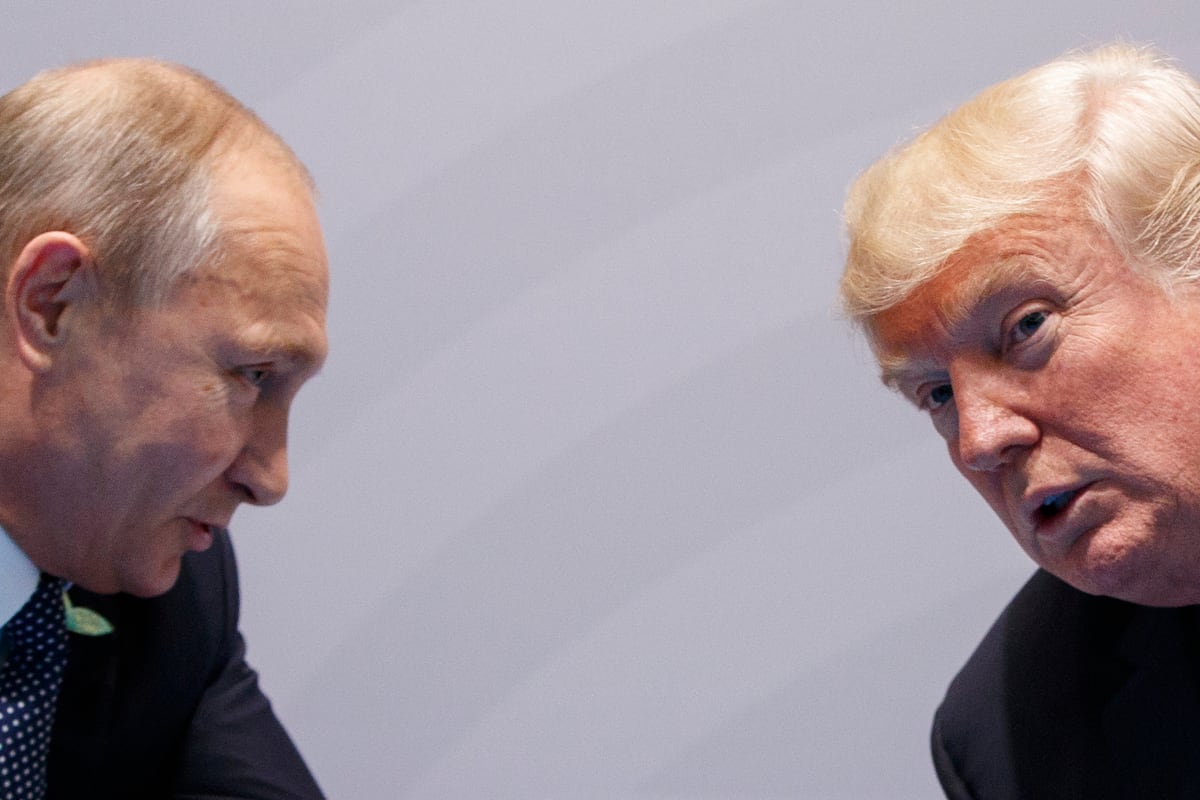MILAN — Competition is heating up for Norway’s envisioned Arctic-capable, long-range maritime drones, as two American manufacturers have entered the race.
As part of the 2025-2036 Norwegian Defense Pledge, Oslo has committed to acquiring new unmanned aerial systems to be stationed at the Andøya Air Station, some 300 kilometers north of the Arctic Circle.
Earlier this year, it was revealed that the Norwegian Ministry of Defense contacted U.S.-based manufacturers including Northrop Grumman and General Atomics with a request for information.
A General Atomics spokesman told Defense News in March that the company had already responded to the solicitation pitching its MQ-9B SeaGuardian, while Northrop Grumman officials have said they are offering the MQ-4C Triton.
Meanwhile, a Norwegian defense official said the drone project remains at a concept stage.
“At this stage, Forsvarsmateriell (NDMA) is working closely with the Norwegian Air Force to support a concept selection study – because we are still defining requirements and evaluating operational needs, no flight tests have been scheduled and no final decision point has been set,” Brigadier General Jarle Nergård, director of NDMA Air Systems Division said.
Still, competition for the prospective business has drawn out direct comparisons among the American vendors.
Jane Bishop, vice president and general manager of global surveillance at Northrop Grumman, published an article on the company’s website on June 25 criticizing the MQ-9B.
She described the competitor drone as a “medium-altitude long-endurance (MALE) system capable of only about half the service ceiling” of Triton.
“The lower service ceiling has also led to increased risk, as losses have been seen over the past year with multiple MALE aircraft being shot down,” the article states.
It also noted that if Norway were to select the General Atomics’ drone, it would need to buy approximately “four times as many units as more capable HALE [the category of the Triton] aircraft.”
A spokesman for General Atomics said the company had no comment.
The survivability of both American drones has been challenged by some experts in the past. In her article, when mentioning losses, Bishop was likely referring to an incident where three U.S. drones were shot down in April by the Houthis in Yemen – which were Reaper unmanned aerial vehicles, not the SeaGuardian variant.
Northrop systems have not been immune either to adversaries acquiring more sophisticated counter-drone capabilities. In 2019, an Iranian surface-to-air missile shot down the U.S. Navy Broad Area Maritime Surveillance (or BAMS-D) drone, which was a predecessor to the MQ-4C Triton.
An important capability for Norway will be to have the chosen drone complement the country’s P-8A Poseidon maritime patrol fleet to assist them in monitoring large bodies of open water found across its territory.
Norway has acquired five P-8As, with the first units delivered in 2022, that have gradually replaced the Nordic country’s aging fleet of P-3 Orion and DA-20 Jet Falcon aircraft.
Both the SeaGuardian and the Triton can interface with the P-8, according to the manufacturers.
Previously, the U.S. partnered with Australia to jointly develop the Triton’s interoperability with the Australian P-8s, while the SeaGuardian also conducted an unmanned-manned teaming with the British Royal Air Force’s P-8 aircraft in 2021.
Norwegian officials have not disclosed the amount they will dedicate to the purchase of long-range maritime drones.
The government recently announced that it has invested approximately $620 million to support the maritime coalition, led by the United Kingdom, to develop and produce unmanned surface vessels in Ukraine using Kongsberg technology.
Elisabeth Gosselin-Malo is a Europe correspondent for Defense News. She covers a wide range of topics related to military procurement and international security, and specializes in reporting on the aviation sector. She is based in Milan, Italy.
Read the full article here








Leave a Reply